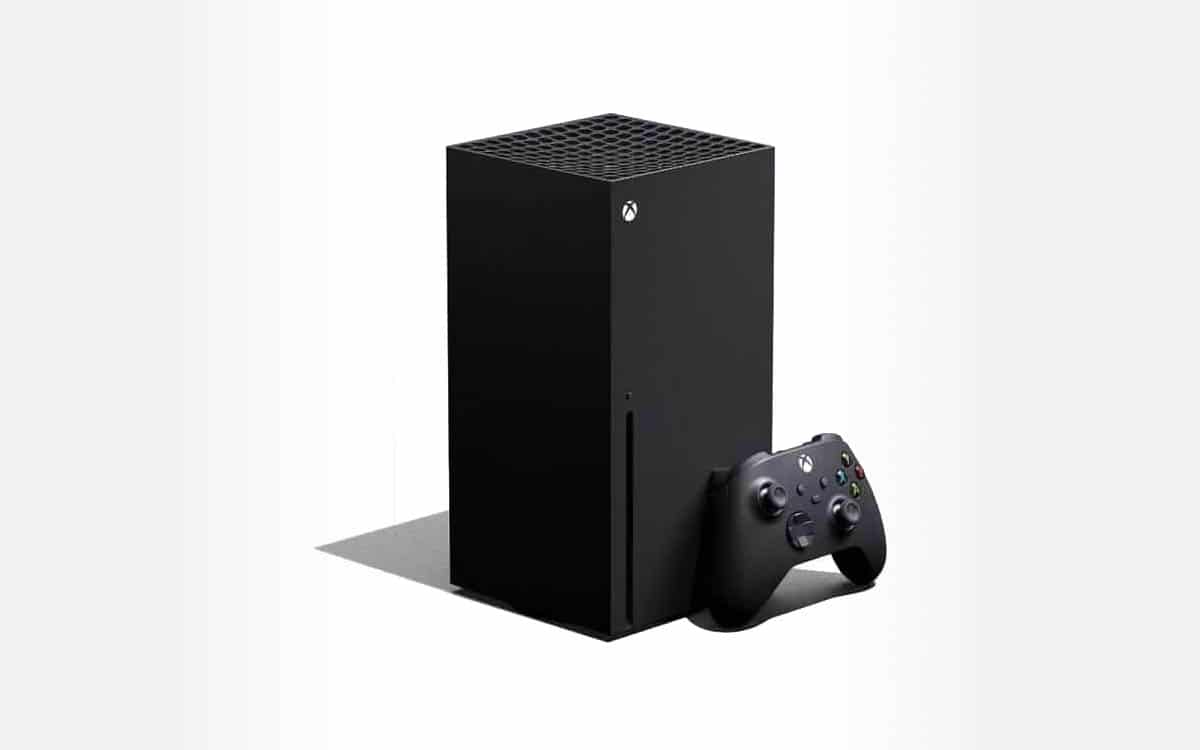
We have been hearing rumors about Blackwell, the architecture that NVIDIA will use in the GeForce RTX 50, for quite some time, and it is curious because the green giant has not yet completed the launch of the GeForce RTX 40 series. I understand that this may make you doubt the credibility of those rumors, but we must keep in mind that the company never stops working on developing new architecturesand that therefore it is totally normal that she is immersed in Blackwell while she is completing the launch of her current line of graphics cards.
Blackwell will be the architecture that will succeed Ada Lovelace, as we have said it will be the base of the GeForce RTX 50. This means that it is still at least a year and a half away, and therefore changes could occur in the configuration of the kernels being developed by NVIDIA. Nevertheless, where we do not expect major changes is in the base or hard core of this architectureand it is precisely there where the latest information points.
In theory, Blackwell will use a design of monolithic core and that this will maintain the same base that we saw in Ada Lovelace. This means that the GeForce RTX 50 will have the classic division into shaders, RT cores for ray tracing, and tensor cores to accelerate AI. We can also expect a new generation “Optical Flow Accelerator”.
The GeForce RTX 50 will be built on TSMC’s 3nm nodeand thanks to this significant process reduction vs. Ada Lovelace, which is built on TSMC’s 5nm node, we can expect a noticeable performance improvement with a lower consumptionand also a major increase to the maximum number of shaders in the most powerful models of this new graphic generation.
It’s all good news, but we have to give you a bad one, and it’s that TSMC’s 3nm node is 25% more expensive than 5nm nodewhich means that the price of next-generation graphics cards could go up again, although in the end it will all depend on the market situation, and the competition that exists then between NVIDIA, AMD and Intel, which will continue to fight to gain a foothold. gap in the sector.
Going a little deeper into the Blackwell architecture, it is rumored that even though NVIDIA will keep that division into shaders, RT cores and tensor cores it will also introduce major “structural” changes in SM unitswhich will reinforce its commitment to ray tracing and improve noise reduction technology, probably to give a increased support for patch tracing (layout of roads).
For the rest, we can expect the use of the standard PCIe Gen5 and the jump to the new GDDR7 memory, that will greatly improve the bandwidth thanks to its frequencies of up to 36 GHz. There are still many things up in the air, but I am sure that these first brushstrokes will help you get an idea of what we can expect from the GeForce RTX 50, a generation that could break the 3 GHz barrier and double the performance of the current generation.




